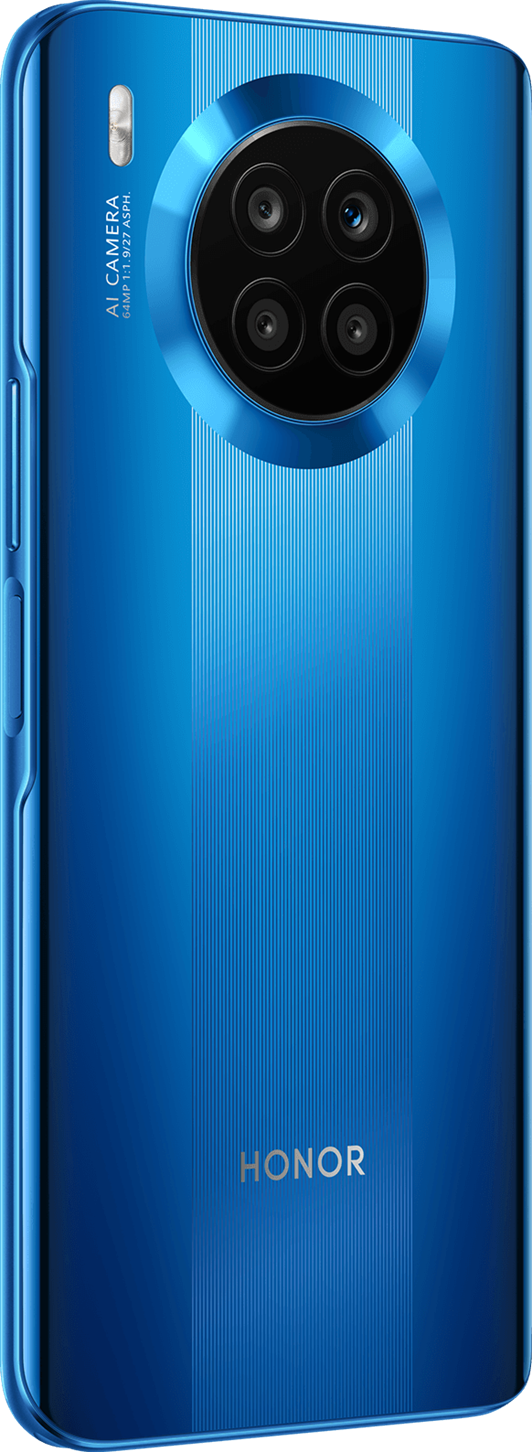
Choosing
the right smartphone interface is a pivotal decision that directly influences
your overall user experience. The interface serves as the gateway to your
device, determining how you interact with apps, navigate settings, and
personalize your phone. Understanding the factors that differentiate various
interfaces allows you to make an informed decision that aligns with your
preferences and enhances your daily interactions with your smartphone.
Android vs. iOS: The
Major Interface Players
The choice
between Android and iOS represents the primary decision when selecting a
smartphone interface. Android, developed by Google, is known for its
customization options, diverse device offerings, and an open ecosystem. iOS,
exclusive to Apple devices, is celebrated for its seamless integration across
Apple products, consistent design language, and a curated App Store. The
decision between these two major players often boils down to personal
preferences and the specific ecosystem you wish to immerse yourself in.
Customization vs.
Consistency: The Android Appeal
One of the
defining characteristics of Android is its high level of customization. Android
users can personalize their home screens with widgets, choose from a variety of
app launchers, and even install custom ROMs for a completely different look and
feel. This flexibility appeals to users who value the ability to tailor their
smartphone experience according to their preferences. Android's open nature
allows for a wide range of device choices from different manufacturers,
offering diverse design options and hardware features.
Updates and
Fragmentation: An Android Consideration
When
choosing a smartphone interface, it's essential to consider the update process.
Android updates can vary significantly based on device manufacturers and
carriers, leading to fragmentation in the ecosystem. Some devices receive
timely updates like HONOR 50 Lite, while others may lag behind. If timely software updates and the latest
features are a priority, opting for a Pixel device or other smartphones with a
commitment to regular updates can mitigate this concern.

Virtual Assistants
The choice
between Siri and Google Assistant, the virtual assistants on iOS and Android,
respectively, can also influence your interface preference. Siri is deeply
integrated into the iOS ecosystem, offering voice-activated commands and smart
suggestions. Google Assistant, known for its robust AI capabilities, leverages
Google's vast knowledge graph to provide context-aware responses and seamless
integration with Google services. Consider the virtual assistant features that
align with your workflow and preferences.
App Availability and
Development: Consideration for Both Platforms
The
availability of apps and the developer community for a particular platform can
impact your choice of smartphone interface. While both iOS and Android have
vast app ecosystems, certain apps or games may launch exclusively on one
platform before the other. Assessing your reliance on specific apps or the
development community behind a particular interface can help ensure that your
chosen platform meets your app needs and preferences.
Conclusion
In
conclusion, choosing the right smartphone interface is a balance between
personalization and ecosystem harmony. Android offers unparalleled
customization options, diverse device choices, and an open ecosystem. On the
other hand, iOS provides a seamless and consistent experience across Apple
devices, a curated App Store, and robust security measures.



